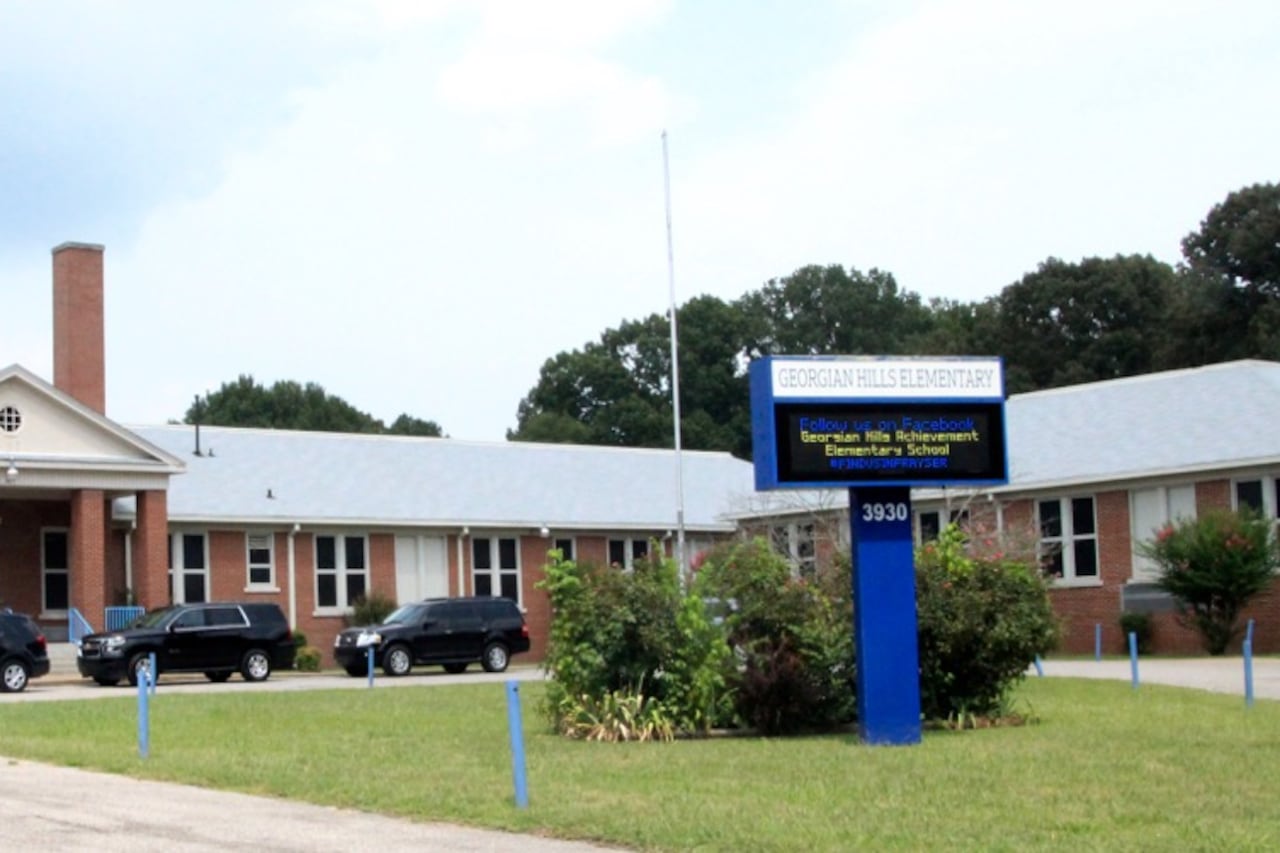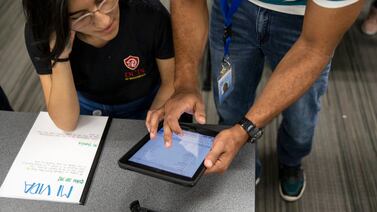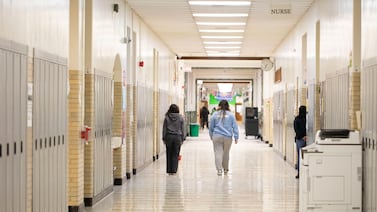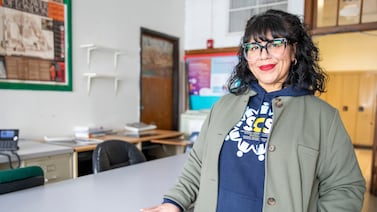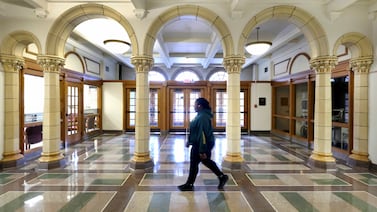Sign up for Chalkbeat Tennessee’s free newsletter to keep up with statewide education policy and Memphis-Shelby County Schools.
More than 1,000 students from Memphis schools facing proposed closures this year could be split among five other district schools that leaders say are underenrolled.
In a board committee meeting Tuesday, Memphis-Shelby County School officials shared that 57 staff positions would be cut from the four schools recommended for closure and a fifth that is being transferred to a neighboring school district for ownership as mandated by state law. It’s unclear if those employees will be retained by the district in other roles.
The school board is expected to vote on proposed closures in February. Superintendent Roderick Richmond said he will be meeting with school principals tomorrow to discuss his rezoning plans.
Richmond first presented his closure recommendations in September. He said the four affected schools face chronic underenrollment and climbing maintenance costs with over $6.5 million in immediate repair needs.
Here’s a breakdown of where students could go in the 2026-27 school year:
- Chickasaw Middle School would be combined with Westwood High School, which students already are zoned to move to after grade 8.
- Frayser-Corning Elementary students would be sent to Whitney and Westside elementary schools, which are also in the Frayser neighborhood.
- Georgian Hills Elementary students would be sent to Whitney and Hawkins Mill elementary schools, which are also in the Frayser neighborhood.
- Lucy Elementary students would attend Woodstock Middle School, forming a K-8 structure. The old building will be transferred to Millington Municipal School District.
- Ida B. Wells Academy is an unzoned choice school, so students could attend any district school with available seats.
The proposed rezoning decisions would boost the number of available seats being filled in each school building.
In Frayser, there are currently five elementary schools within a five-mile radius. Only 60% of those available student seats are filled.
Rezoning students from Frayser-Corning and Georgian Hills elementary schools into the others would fill closer to three-fourths of the available neighborhood seats. It would also save the district a little over $2 million in just one year.
Lucy Elementary is located in Millington, a neighboring suburb that split from the MSCS system over 10 years ago. Per a 2022 state law, the district is required to sell the building to Millington Municipal School District by June 2027. MSCS leaders said Tuesday that transferring the school early saves them from funneling $2.5 million over the next two years into a building they soon won’t own.
More closures are likely on the horizon. Members of the MSCS facilities committee, tasked with making a long-term plan to address the district’s billion-dollar maintenance needs, are expected to announce their recommendations next month.
Bri Hatch covers Memphis-Shelby County Schools for Chalkbeat Tennessee. Reach Bri at bhatch@chalkbeat.org.

